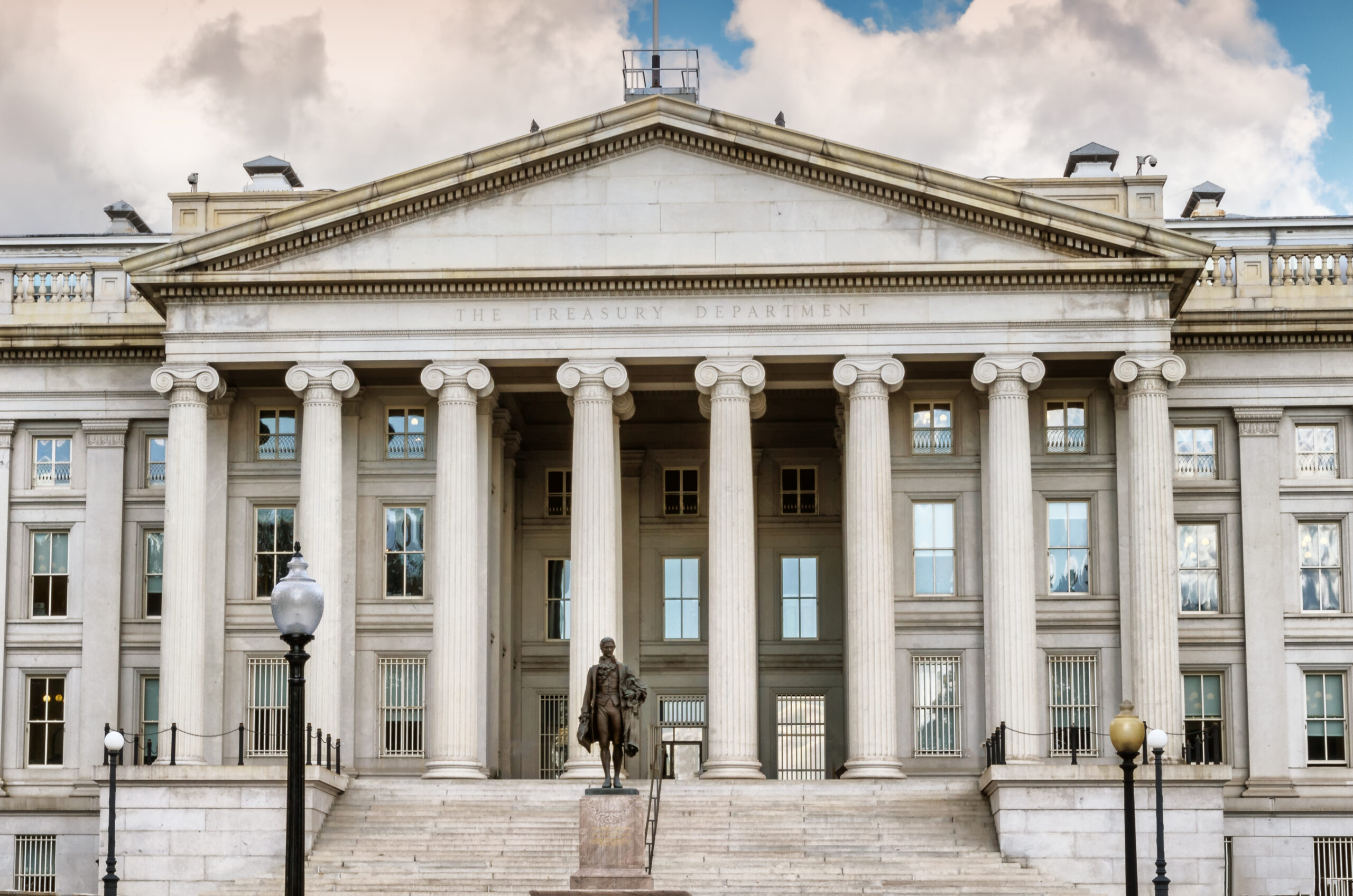US Treasury Leverages AI to Recover $375M…A Small Drop in the Fraud Bucket?
CNN reports that the US Treasury Department has begun using artificial intelligence -- or AI -- to detect fraud and recover funds, adopting techniques already widely used in the private sector.
Starting around late 2022, the Treasury Department began using enhanced fraud-detection methods powered by AI to spot fraud, CNN has learned.
The strategy mirrors what is already being done in the private sector. Banks and payment companies are increasingly turning to AI to root out suspicious transactions — which the technology can often do with lightning speed.

By analyzing transaction patterns in real time, AI flags anomalies and stop fraudulent checks from being cashed. As is well documented, fraud spiked during the COVID pandemic as relief programs were implemented, showing the need for improved detection methods.
In the last fiscal year, AI helped recover $375 million in fraudulent payments. The Treasury sees AI as a way to process payments faster while catching fraudsters before any money is lost, and private companies are also relying more and more on AI and machine learning for similar fraud prevention goals.
Not Your Average ChatGBT
This is not, however, the same tech that is widely available and helping people create fake photos and generate "artwork" on their home computer.
Treasury is not relying on generative AI, the technology powering ChatGPT and other popular tools that can create song lyrics, conjure up images and even create movie-quality videos from text prompts. Instead, Treasury officials say the type of AI they are using falls more into the bucket of machine learning and Big Data.
The goal is to move with such speed that anomalies are flagged and banks are alerted before fraudulent checks are ever cashed, Treasury officials said.
AI in the Wrong Hands
As you may have already guessed, easy access to this tech means the "bad guys" can leverage it as well:
Even as the public and private sectors turn to AI to fight crime, US officials are increasingly concerned over the risks the technology poses to the financial system.
Late last year, the Financial Stability Oversight Council, a team of leading regulators led by the Treasury secretary, for the first time formally classified AI as an “emerging vulnerability.”
Experts are especially worried about how AI can turbocharge financial fraud.
Earlier this month, a finance worker at a company was duped into paying out $25 million to fraudsters. In the elaborate scheme, Hong Kong police say the worker was tricked into thinking they were participating in a legitimate video call that was actually a deep fake video.
The Right AI for the Right Job
Artificial intelligence has become ubiquitous in fighting fraud, but financial institutions need to ask themselves: "What is this technology doing?" In its simplest form, simple tasks such as "if A, change to B" can still be touted by companies as AI fighting fraud.
In the case of the US Treasury, it appears they are utilizing a type of transactional analysis or behavioral analytics system designed to analyze all the transactions and identify anomalous behavior. This is utilized by many financial institutions, but, as with most things, selecting the right vendor with the most robust technology will make all the difference. $375M in recovered payments may sound great, but if the total number of fraudulent payments is in the billions, this is just a drop in the bucket.
What the US Treasury needs to do is learn more about how financial institutions are taking on specific fraud types and leveraging the same strategies -- not just relying on a single technology.
Take, for instance, check fraud. We are seeing that financial institutions leveraging a multi-layered technology approach are most successful in stopping check fraud. This is because they are deploying the right technologies to perform specific analysis -- such as behavioral analytics to examine the transactions, image forensic AI to analyze the images of checks, and consortium data to compare to previous transactional history and account information -- while also leveraging dark web data to proactively monitor accounts.

Unlike the US Treasury, financial institutions have the right formula available to combat different types of fraud -- it falls to the banks to deploy them properly to ensure complete fraud detection.